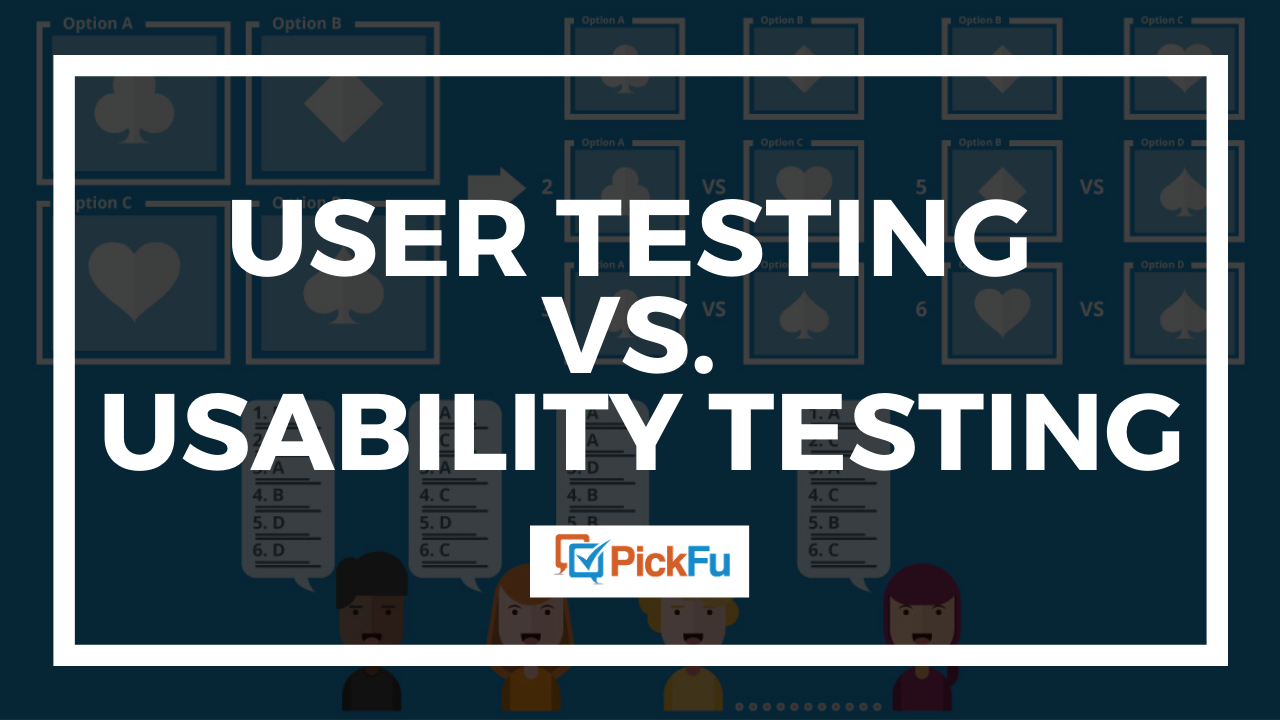
If you're interested in CSS Grid, this tutorial will help you set up cells and areas using code. To create areas, you will need to merge cells into a container using the "grid-template-areas" command. Each line will need to be bracketed with "#" symbols. For example, you can make the cells horizontally by writing "p" into the cell's name.
Explicit grid lines
It's not as hard to grasp the syntax of Explicit and Implicit grid lines as it is the implicit grid. The implicit grid is always 200 pixels wide and 60 inches high, regardless of the container size. The minmax() function allows you to make the grid more flexible. This will allow you place any number items within the same grid cells. You can also use the fit content() function to make complex grids.
Explicit grid tracks
Explicit grid tracks can be described as the equivalent to columns and rows in a table. The first row is the explicit grid; the second and third rows are implicit. Implicit tracks will have dotted horizontal gridlines. Grid Inspector displays green arrows that point to the ends. This makes it easy to identify the spaces between columns and rows and how to use them appropriately. Infint grids will be the topic of our next CSS grid tutorial.

Explicit grid columns
In CSS, you can define the explicit grid columns, implicit grid columns, and row-groups in your layout. Explicit grids behave just like implicit ones, but are generally used for more complicated layouts. An implicit grid is able to recognize the writing mode. This means that in languages that use right-to-left writing, the first column line will be on the left. Other options include defining row-groups properties for your layout.
Explicit grid rows
While explicit grids are the default, you may need to use explicit positioning. A track's size can create an explicit grid. This tutorial will explain implicit grids, explicit tracks and repeat notation. You can learn more about how to implement these techniques in your own CSS. Before we get to the point, let's clarify what implicit and explicit grids are.
Explicit grid column-gap
CSS defines how much space exists between columns in a grid layout by setting the row gap and column gap properties. By default, they are auto-sized, but you can control the gap size separately with the row-gap and column-gap properties. When defining these properties, make sure that you choose a non-negative value. This is an example of the column-gap property.
Gaps in explicit grid rows
An explicit grid row gap lets you specify the height for a column or row using CSS. The grid's edges will not show the row or column gaps. These properties can be set to a value of pixels using the property 'explicit'. A custom value, or a percentage can be used. 60px is the default. You can use a grid-autorows property to achieve a more complex solution.

Names of grid tracks explicit
This CSS grid tutorial teaches you how to name grid tracks explicitly. Names of lines in your grid are visible in the code. You can also include these names in the track list. Repeat notation allows you to accomplish this. If you want to include more than one line in the track listing, you can use col-a-start or col-b-start. Both can be used to select one line.
FAQ
What is Website Design Software and How Does It Work?
Website design software is used by graphic artists, photographers, illustrators, writers, and others involved in visual media to create webpages and other digital materials.
There are two main types for website design software. Desktop apps can only be installed locally on your PC and will require additional software to run on your system. Cloud-based solutions can be hosted remotely over the internet. They are ideal for mobile users as they don't require additional software.
Desktop Applications
Desktop applications may have more advanced features than cloud-based solutions but they aren’t always necessary. Some people prefer working exclusively on a desktop app, as they find it easier. Some prefer to use the exact same tool whether they're using a smartphone or a laptop.
Cloud-Based Solutions
A cloud-based solution is a good choice for web designers who are looking to save money and time. These services make it possible to edit any type document from anywhere with an Internet connection. This allows you to use your tablet while waiting for your coffee maker to brew.
If you decide to go with a cloud-based service, you'll still need to purchase a license for the program. You don't have to buy additional licenses for upgrading to the latest version.
If you have Photoshop, InDesign and Illustrator, these programs can be used for creating web pages.
What is responsive web design?
Responsive Web Design, also known as RWD, is a way of designing websites so that content displays on all devices. This includes desktop computers, tablets (tablets), smartphones, etc. This allows visitors to view the website on one device and access other features like buttons, navigation menus, etc. RWD aims to ensure that every user who views a site is able to view it on any screen size.
You would, for example, want to make sure that a customer can view your website even on a mobile device.
A responsive website will adjust its layout automatically based on what device is used to view it. It will appear the same as a regular desktop website if you view it on your laptop. However, if you're viewing the page on your phone, it will display differently.
This allows you to create one website that works on all devices.
Web development is hard?
Although web development isn't easy, there are many resources online that will help you get started.
Just find the right tools, and then go through each step.
YouTube and other platforms have many tutorials. There are also free online programs like Sublime Text and Notepad++.
Books are also available in libraries and bookstores. These are some of the most well-known:
"Head First HTML & CSS" by O'Reilly Media
O'Reilly Media's Head First PHP and MySQL 5th Ed.
Packt Publishing, "PHP Programming For Absolute Beginners",
I hope this article helps you!
What technical skills do I need to design and construct my site?
No. It doesn't matter what HTML or CSS you know. You can find tutorials online for HTML and CSS.
Statistics
- When choosing your website color scheme, a general rule is to limit yourself to three shades: one primary color (60% of the mix), one secondary color (30%), and one accent color (10%). (wix.com)
- It enables you to sell your music directly on your website and keep 100% of the profits. (wix.com)
- At this point, it's important to note that just because a web trend is current, it doesn't mean it's necessarily right for you.48% of people cite design as the most important factor of a website, (websitebuilderexpert.com)
- In fact, according to Color Matters, a signature color can boost brand recognition by 80%. There's a lot of psychology behind people's perception of color, so it's important to understand how it's used with your industry. (websitebuilderexpert.com)
- It's estimated that chatbots could reduce this by 30%. Gone are the days when chatbots were mere gimmicks – now, they're becoming ever more essential to customer-facing services. (websitebuilderexpert.com)
External Links
How To
Drupal 7 Web Design Tips
Drupal is one of most well-known Content Management Systems (CMS), available today. It was created by Dries Buytaert, a Belgian developer. The name of the site is derived by Dirk Buijtewaard's surname and Pierre d'Herbemont's surname. Drupal was opened source in 2005. Since then there have been many versions. Drupal is used worldwide by many websites and businesses.
There are several reasons why Drupal is so popular among website owners. It's easy to use and free to download. It is also easy to modify and expand. It is well documented. It provides tremendous support via IRC channels and forums. It can be extended via modules. Sixth, it supports multiple languages. It is also easily customizable. Eighth, it can be scaled. It is safe. Tenth, reliable. Finally, it is supported and maintained by the community. Drupal is a good choice for your next project due to all of these factors.
You might wonder what makes Drupal stand out from other CMS platforms. The answer is simple. Drupal is an Open-Source Content Management System. Drupal is free to download and use. Drupal gives you total control over your website. You have complete control over your website. You can add or delete pages.
Drupal is a great option for anyone who doesn't have any technical skills and wants to create a website. You don't need programming knowledge to create your website. All you need is to learn how to use the essential functions of Drupal. You will then be able modify your website to suit your needs.
Drupal offers many plugins and themes that can be used to enhance your site's functionality. These plugins can be used to improve your site's functionality. You can use Contact Form to gather visitor information. Also, you can use Google Maps to display maps on your website. Drupal comes with many ready-made templates. These templates will give your website a professional appearance.
Drupal's flexibility is another advantage. You can add new modules and even replace existing ones without worrying about compatibility issues. If you are looking to integrate social networks into your website, this is possible quickly. You can also set RSS feeds up, subscribe to e-mails, and many other things.
Drupal's flexibility is also a plus. Drupal lets you add custom fields, forms, manage users and much more. Drupal also allows for complex layouts.
Drupal is also reliable and sturdy. It is stable and scalable. It is also very secure. Drupal is well worth looking into if you are looking for a web development platform that works.